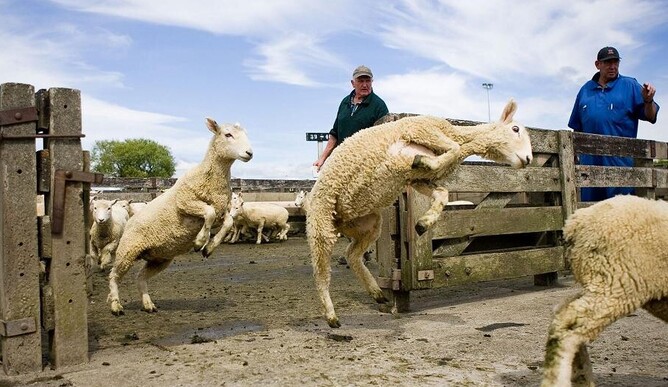“The objective of worm management is to minimize the impact of worms on animal performance while minimizing the selection for drench resistance” Beef & Lamb NZ 2013
Youngstock is the major contributor to worm populations in the paddocks. Any animals under 9 months old are highly susceptible to worms and so the traditional approach to drenching in many Southland farms has been to drench lambs at weaning time, right through until winter with a monthly drench.
Going back to the objective of worm management, drenching is only one tool out of a bigger parasite management toolkit that we can rely on for treating parasites, but only if we are using these sustainably and effectively.
Drench resistance is a well known phenomena in the sheep farming community. We are no stranger to the many conversations around how to best manage worm levels in our flocks, based on the latest research.
With December on its way, the weather is starting to warm up to develop ideal conditions for parasites. This can be the perfect opportunity to do a drench check if you’re wanting a quick snapshot of whether your usual go to drench is working or not with a simple in-house faecal egg count (FEC).
So why, and when, would be some ideal times to bring in 10 x faecal samples for a FEC?
Routine Drench Check:
- Oral Drenches - Bring these samples in 10 days after drenching. If your drench is working, you should expect to see zero eggs at this point.
- Injectable Drenches - eg Exodus LA or Cydectin LA. If your normal go-to drench for your ewes pre-lambing is a long acting injectable, it would be good to do a FEC in addition to a larval culture approximately 100-120 days after drenching to make sure things are still working as they should be.
- Capsule Drench - Tests ewes 90-110 days after treatment to check how well its worked.
This is to see if a drench is required at any time of the year. For example, if they haven't had a drench in over 4 weeks and you are just wanting to see what the flock levels are before deciding to drench. You may find you only need to drench your bottom cut and not your entire mob.
A FEC is a quick, relatively cheap, in-house test you can invest in for peace of mind, to ensure that you still have drenches that you can reliably reach for in the shed that work.
And finally, if you haven’t had your drench resistance levels checked in over 4 years, please make sure to give us a call and have a chat with one of our vets about what this entails. This FECRA (Faecal Egg Count Reduction Assessment) is a bit more involved than the routine FEC so will require some planning with your KeyVet.

